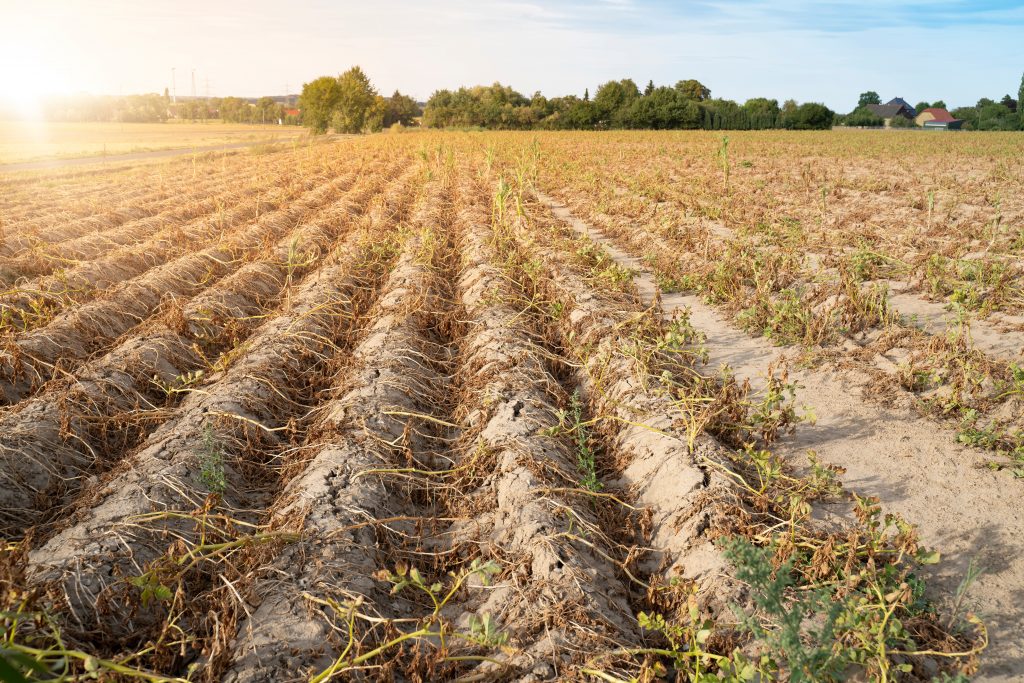
Emergency Support to Producers in Surrounding Counties/Border States Also Available
(USDA/FSA) — Agriculture Secretary Sonny Perdue designated 13 Georgia counties as primary natural disaster areas. Producers in Barrow, Clarke, Dade, Greene, Hancock, Morgan, Oconee, Oglethorpe, Putnam, Taliaferro, Walker, Walton and Warren who suffered losses due to recent drought may be eligible for U.S. Department of Agriculture (USDA) Farm Service Agency (FSA) emergency loans.
This natural disaster designation allows FSA to extend much-needed emergency credit to producers recovering from natural disasters. Emergency loans can be used to meet various recovery needs including the replacement of essential items such as equipment or livestock, reorganization of a farming operation or the refinance of certain debts.
Producers in the contiguous Georgia counties of Baldwin, Catoosa, Chattooga, Elbert, Floyd, Glascock, Gordon, Gwinnett, Hall, Jackson, Jasper, Jefferson, Jones, McDuffie, Madison, Newton, Rockdale, Washington, Whitfield and Wilkes, along with DeKalb and Jackson counties in Alabama, and Hamilton and Marion counties in Tennessee, are also eligible to apply for emergency loans.
The deadline to apply for these emergency loans is July 6, 2020.
FSA will review the loans based on the extent of losses, security available and repayment ability.
The Secretary previously declared several other Georgia counties as primary natural disaster areas. A listing of all disaster designations can be found at fsa.usda.gov.
FSA has a variety of additional programs to help farmers recover from the impacts of this disaster. FSA programs that do not require a disaster declaration include: Emergency Assistance for Livestock, Honeybees and Farm-Raised Fish Program, Emergency Conservation Program, Livestock Forage Disaster Program, Livestock Indemnity Program, Operating and Farm Ownership Loans and the Tree Assistance Program.
Farmers may contact their local USDA service center for further information on eligibility requirements and application procedures for these and other programs. Additional information is also available online at farmers.gov/recover.
Source: USDA/FSA









